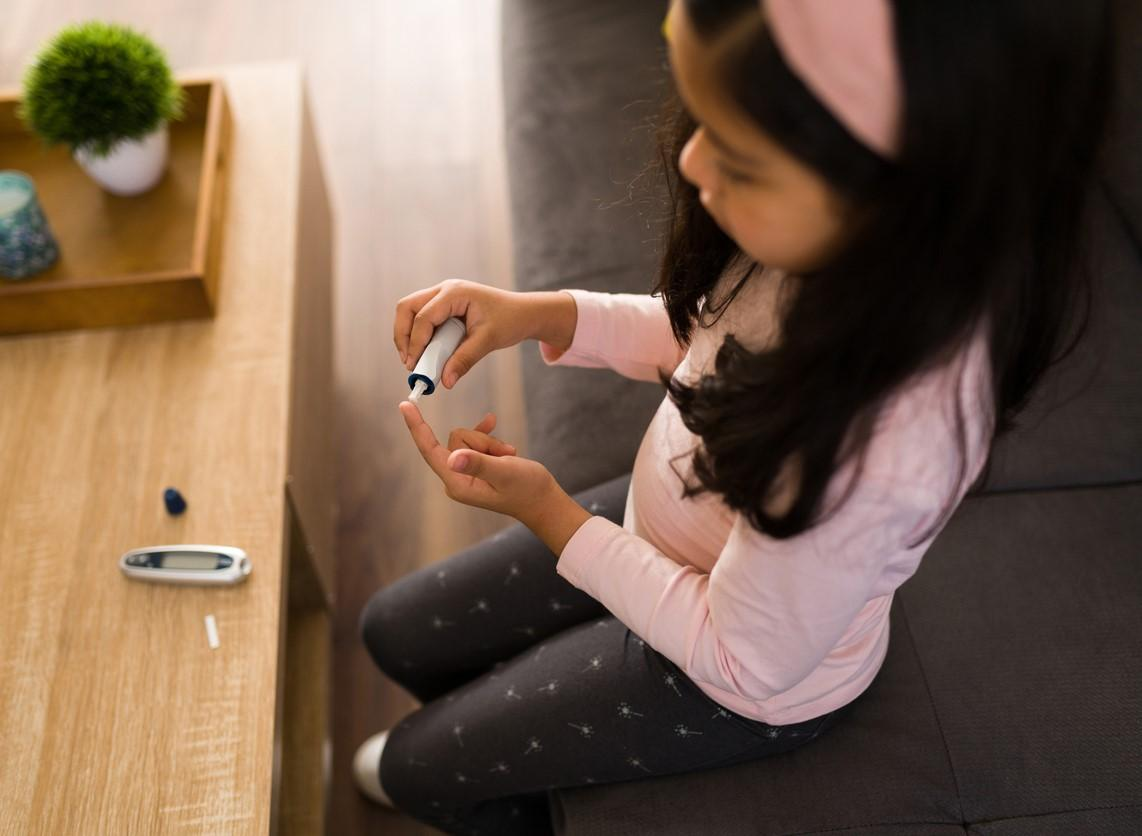
A study of German youth with presymptomatic type 1 diabetes links COVID-19 infection to accelerated progression to clinical diabetes.
For the study, published yesterday in JAMA, researchers in Munich and Dresden followed up with 509 children aged 1 to 16 years with presymptomatic type 1 diabetes participating in a screening program from February 2015 to October 2023.
The team collected blood samples every 3 to 6 months and confirmed parent-reported COVID-19 infections through the detection of SARS-CoV-2 antibodies. Information on infection severity was unavailable.
Of 509 participants, 358 were followed before March 2020 (prepandemic), and 396 were followed amid the pandemic. The median participant age was 4.1 years, and 46.2% were girls.
"The incidence of type 1 diabetes increased during the COVID-19 pandemic," the study authors noted, and they sought to determine if COVID-19 contributed to the rise.
Faster progression only among infected youth
Fifty-seven of 358 participants (15.9%) progressed to clinical type 1 diabetes before the pandemic, while 113 of 396 (28.5%) did so after the pandemic began. The incidence of clinical type 1 diabetes was 6.4 per 100 person-years prepandemic and 12.1 per 100 after March 2020.
The COVID-19 pandemic was associated with an accelerated progression to clinical disease and that this acceleration was confined to those with COVID-19.
Of the 353 participants with COVID-19 information, 236 (66.9%) were infected. Type 1 diabetes incidence was 8.6 per 100 person-years during, versus before, the pandemic among uninfected participants and 14.0 among the infected. The rate of type 1 diabetes was 15.3 among participants with a parent-reported infection and 13.7 among those who had SARS-CoV-2 antibodies but no report of infection.
The results "demonstrated that the COVID-19 pandemic was associated with an accelerated progression to clinical disease and that this acceleration was confined to those with COVID-19," the researchers concluded. "Further studies are required to determine whether COVID-19 also accelerates progression to type 1 diabetes in adults and whether vaccination and monitoring for COVID-19 symptoms should be considered for individuals with presymptomatic type 1 diabetes."













